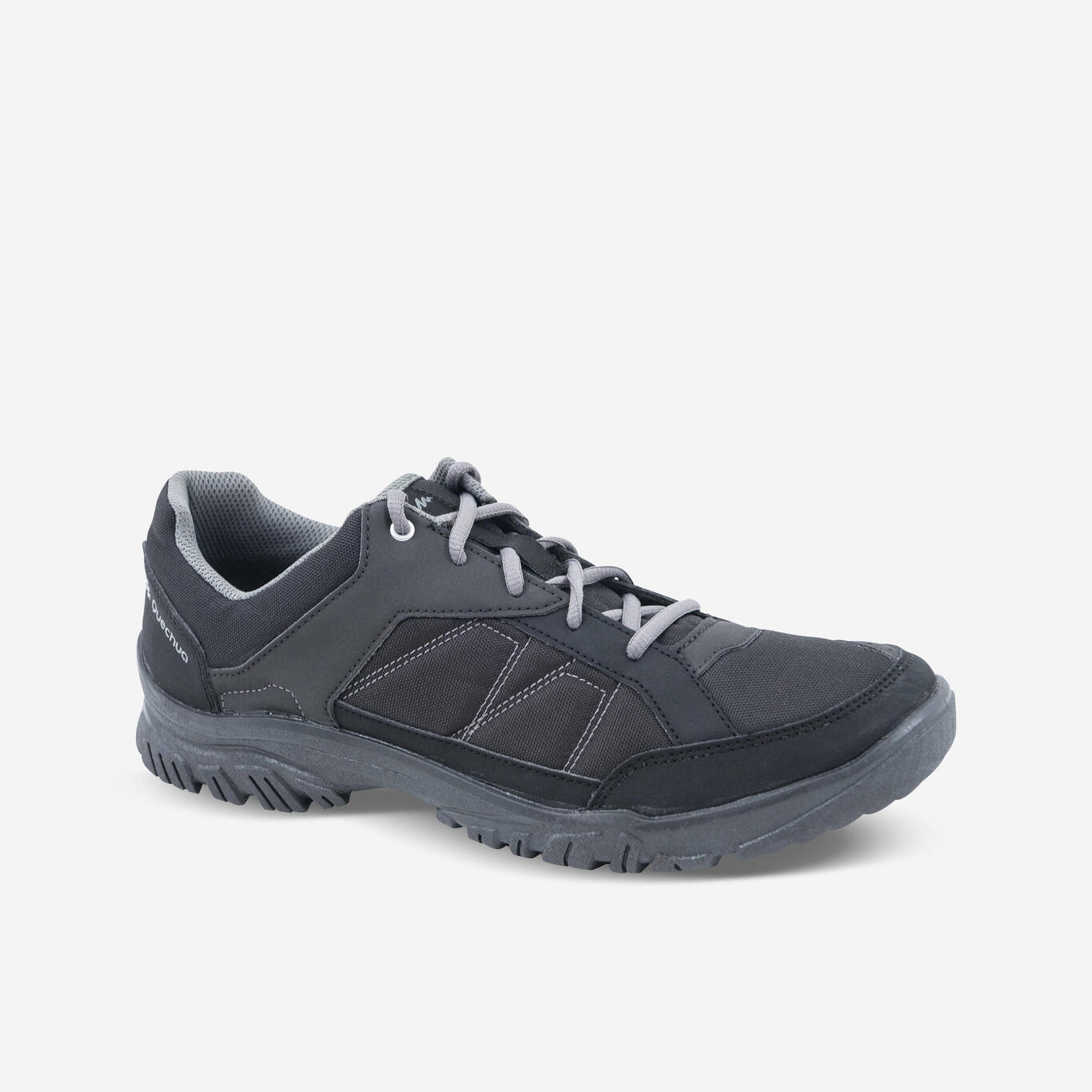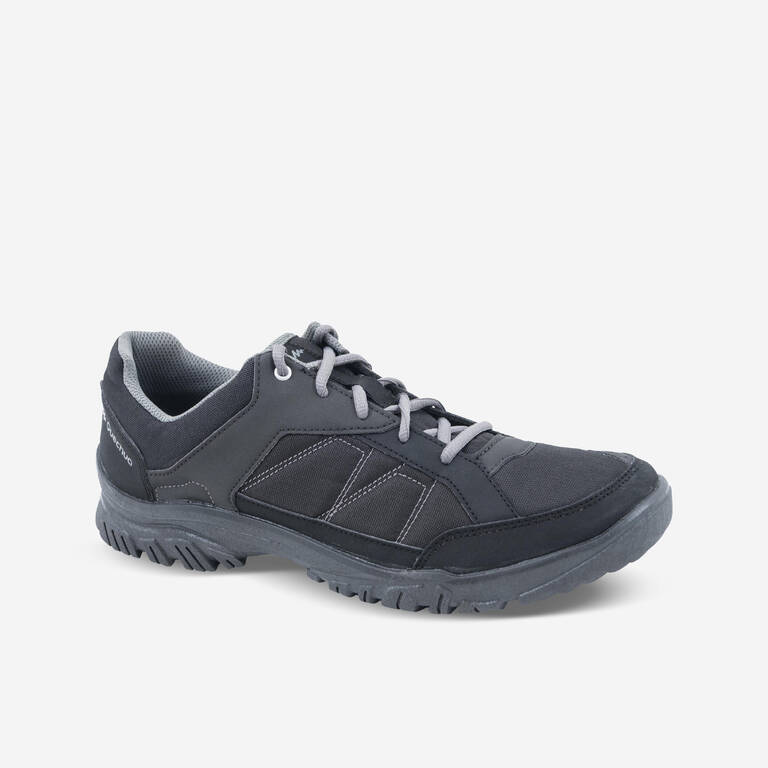


Stores
Contact us
You only need one connection
to enjoy all your favorite services
Rather easy, would you say?















Cannot ship to ()


This product is currently unavailable for your region
Please select a size...






Giày đi thực địa khá OK.
Poor quality
Đẹp và bền. Đôi này là đôi thứ 2
Ok
Value for money
It's a good shoe for hiking and easy to moderate trekking
çok hafif tavsiye ediyorum
excelente relação qualidade preço
Tradycyjne buty turystyczne niskie. Ten model z uwagi na kolor już łatwiej dopasować do reszty ubioru. Trochę węższy w nosku niż szary pierwowzór. Po roku używania warto dokupić wysokie wkładki bo wkładka jest płaska i coraz mniej amortyzacji.
had shearing tear within one simple trek to Gingee fort! I never expected such bad product and then such a straightforward rejection of even understanding the issues by walkin customer representatives.






Giày đi thực địa khá OK.
Poor quality
Đẹp và bền. Đôi này là đôi thứ 2
Ok
Value for money
It's a good shoe for hiking and easy to moderate trekking
çok hafif tavsiye ediyorum
excelente relação qualidade preço
Tradycyjne buty turystyczne niskie. Ten model z uwagi na kolor już łatwiej dopasować do reszty ubioru. Trochę węższy w nosku niż szary pierwowzór. Po roku używania warto dokupić wysokie wkładki bo wkładka jest płaska i coraz mniej amortyzacji.
had shearing tear within one simple trek to Gingee fort! I never expected such bad product and then such a straightforward rejection of even understanding the issues by walkin customer representatives.

